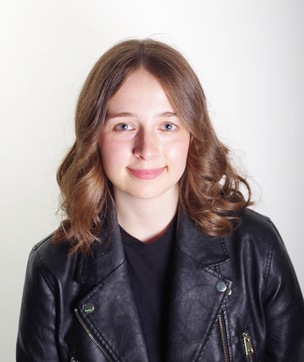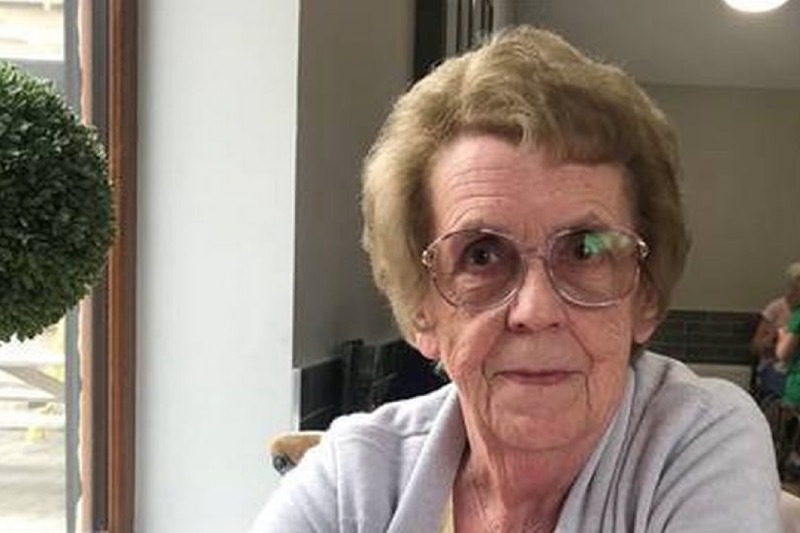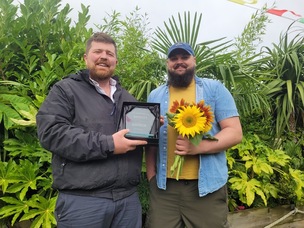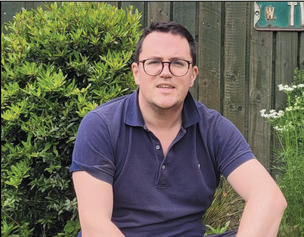A BARNSLEY grandmother said she ‘would have died’ without undergoing a first-of-its-kind heart operation in the north of England.
Judith Savage, 77, had originally lost her voice and thought she just had a bad cough, but following an x-ray it was revealed that something wasn’t right with her vocal cords.
A potentially fatal aneurysm, which can cause uncontrolled internal bleeding within seconds of bursting, was then diagnosed with a CT scan.
Interventional radiologists and surgeons from Sheffield Teaching Hospitals NHS Foundation Trust have become the first NHS trust in the north of England to perform the ‘minimally invasive’ procedure to repair a rare, life-threatening aortic arch aneurysm which saved Judith’s life.
She said: “I would have had no idea that I was ill.
“I went to the GP as I lost my voice and had a bad cough - the antibiotics cleared my cough but my voice didn’t come back.
“I would have died if I hadn’t had this procedure.
“The doctors, nurses and hospital have been fantastic.”
Sheffield Teaching Hospitals Trust became one of the few centres around the world to perform the surgery, which involved placing an expandable stent graft into the intricate structures of the aortic arch without the need for major open heart surgery.
Without this operation Judith’s options would have been limited due to her age and poor levels of fitness - though she has been recovering well since the operation and can now even go to the local shops.
Dr Mark Regi, consultant interventional radiologist at Sheffield Teaching Hospitals NHS Foundation Trust, said: “This was a real team effort that wouldn’t have been possible without every member of the team, and is especially significant given we were able to perform this ground breaking operation during the recent coronavirus pandemic.”
Aneurysms along the aortic arch are extremely rare and complex to treat.
Using x-rays and image-guided surgery, the stent graft is carefully placed into the aneurysm.
As well as accurately positioning the stent graft with millimetre-precision, the team had to ensure the blood supply from the aortic arch continued to reach the head, neck and upper body.
Dr Stephen Goode, who holds the same role, added: “Even within normal circumstances, an endovascular approach to repair an aortic arch aneurysm is technically very challenging.
“This is an excellent example of how clinicians are continuing to push the boundaries of medical and surgical practice, and the fact that we were able to safely care for and treat Judith who had limited options is an exceptional accomplishment and a testament to how a whole team approach can innovatively extend the frontiers of cardiovascular surgery even during these unprecedented times.”




























